SOURCE: AFI

The Indian Army has achieved a remarkable feat with the patenting and induction of the “Portable Multi Target Detonation Device (WEDC),” a revolutionary invention by Major Rajprasad RS of the Corps of Engineers. This innovation promises to significantly enhance the safety and effectiveness of demolition tasks for Indian troops.
The WEDC marks a significant leap forward in demolition technology. Compared to the previously used wired system with a limited range of 400 meters, the WEDC boasts long-range detonation capabilities, allowing troops to operate at a safer distance from the target. This reduces the risk of injury or casualties during demolition operations.
Continue readingSOURCE: AFI
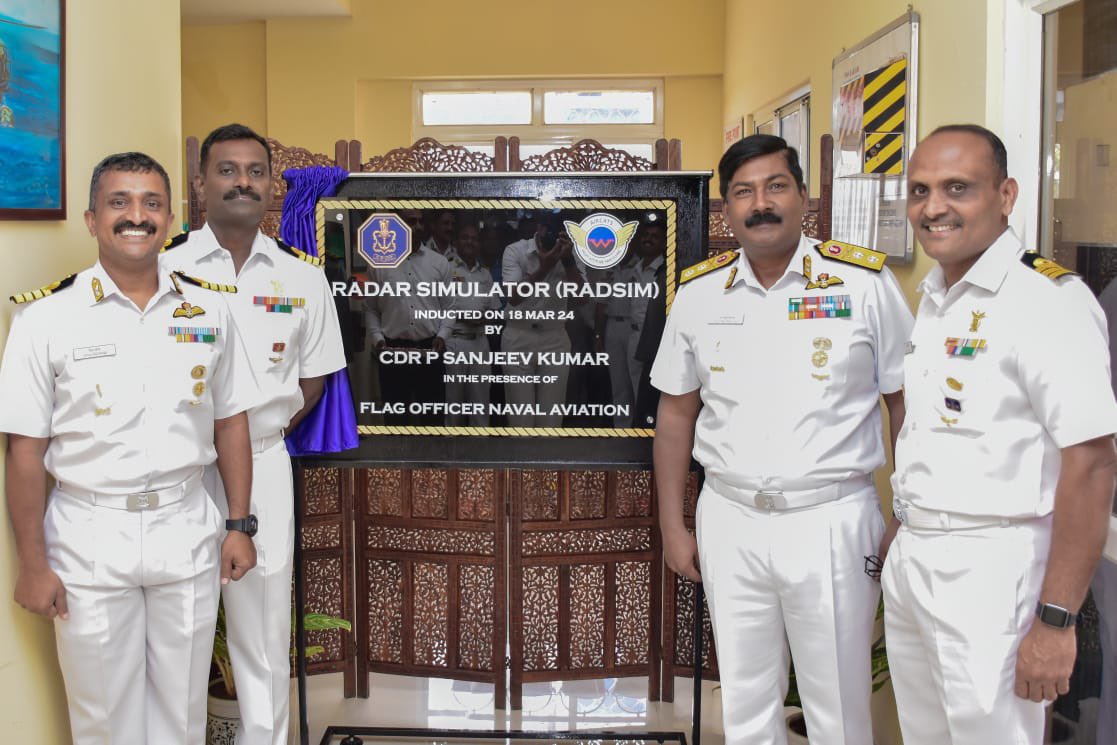
The Indian Navy’s aviation arm received a significant boost on March 18, 2024, with the induction of the first-ever Naval Aviation Radar Simulator (RADSIM) at Air Combat Training School (AIRCATS), Goa. This momentous occasion, graced by Rear Admiral Ajay D Theophilus, Flag Officer Naval Aviation, marks a major step towards self-reliance and enhanced training for Indian Navy Air Traffic Controllers (ATCOs).
The RADSIM, indigenously developed by the Software Development Institute (SDI) of the Indian Air Force (IAF), is set to revolutionize ATCO training within the Navy. This sophisticated simulator will provide a realistic and controlled environment for trainees to hone their skills in air traffic management.
Continue readingSOURCE: AFI
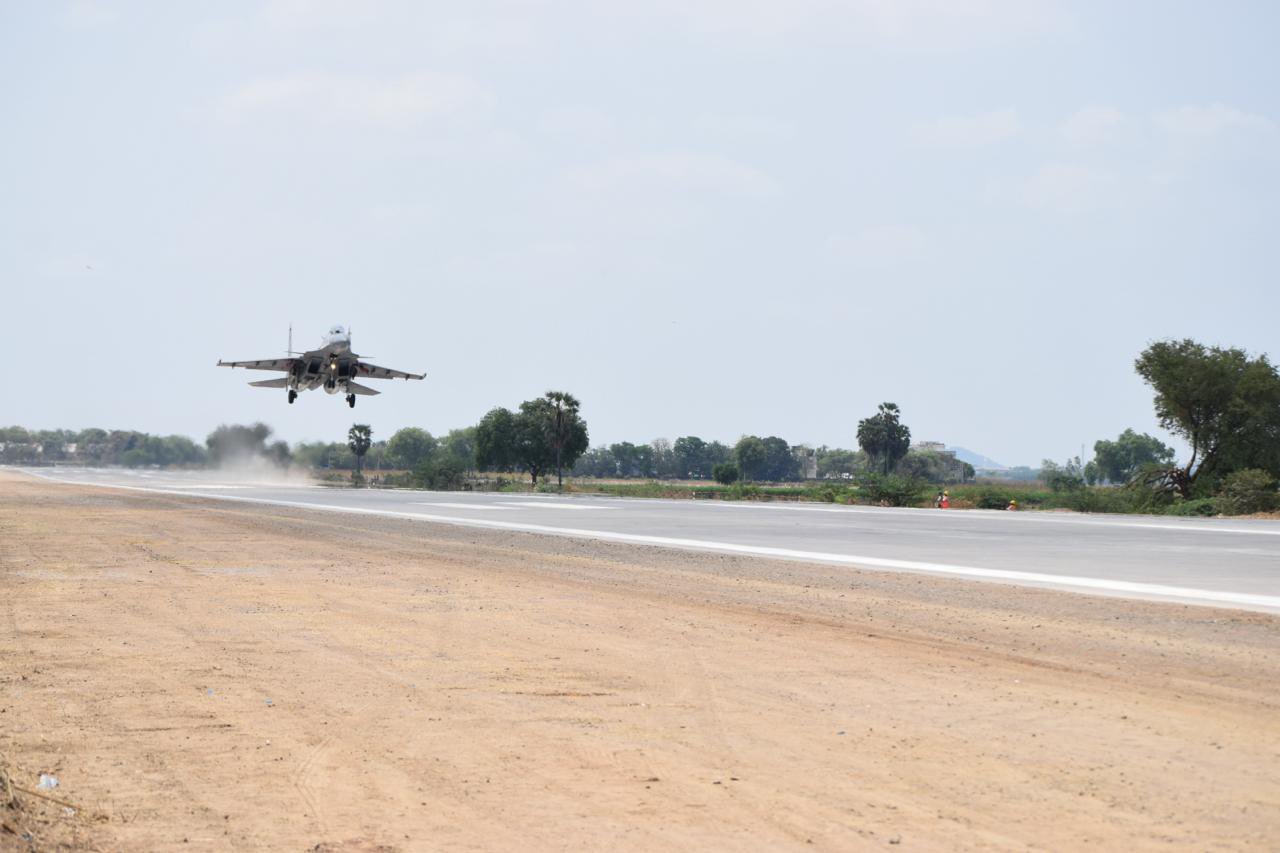
The Indian Air Force (IAF) recently conducted a successful activation of an Emergency Landing Facility (ELF) located on National Highway-16 in Andhra Pradesh. This activation marks a significant step towards enhancing the IAF’s operational flexibility and disaster response capabilities.
The exercise involved various IAF aircraft, showcasing the ELF’s suitability for a range of missions. Fighter jets like the Su-30 MKI and Hawk Mk 132 demonstrated the ability for swift deployment in times of need. Transport aircraft such as the An-32 and Dornier Do-228 successfully performed takeoffs and landings, highlighting the ELF’s capacity to support logistical operations and humanitarian assistance and disaster relief (HADR) missions in remote locations.
Continue readingSOURCE: RAUNAK KUNDE / NEWS BEAT / IDRW.ORG

Solar Industries India Limited (SOLARINDS) has unveiled the Bhargavastra Weapons System, a revolutionary defense technology designed to combat Unmanned Aerial Vehicles (UAVs) and drones. This innovative system was showcased on the Bharat-Shakti defence portal Youtube video, highlighting its potential to safeguard Indian airspace.
Developers of the Bhargavastra system describe it as a comprehensive configuration encompassing various critical components:
Continue readingSOURCE: RAUNAK KUNDE / NEWS BEAT / IDRW.ORG
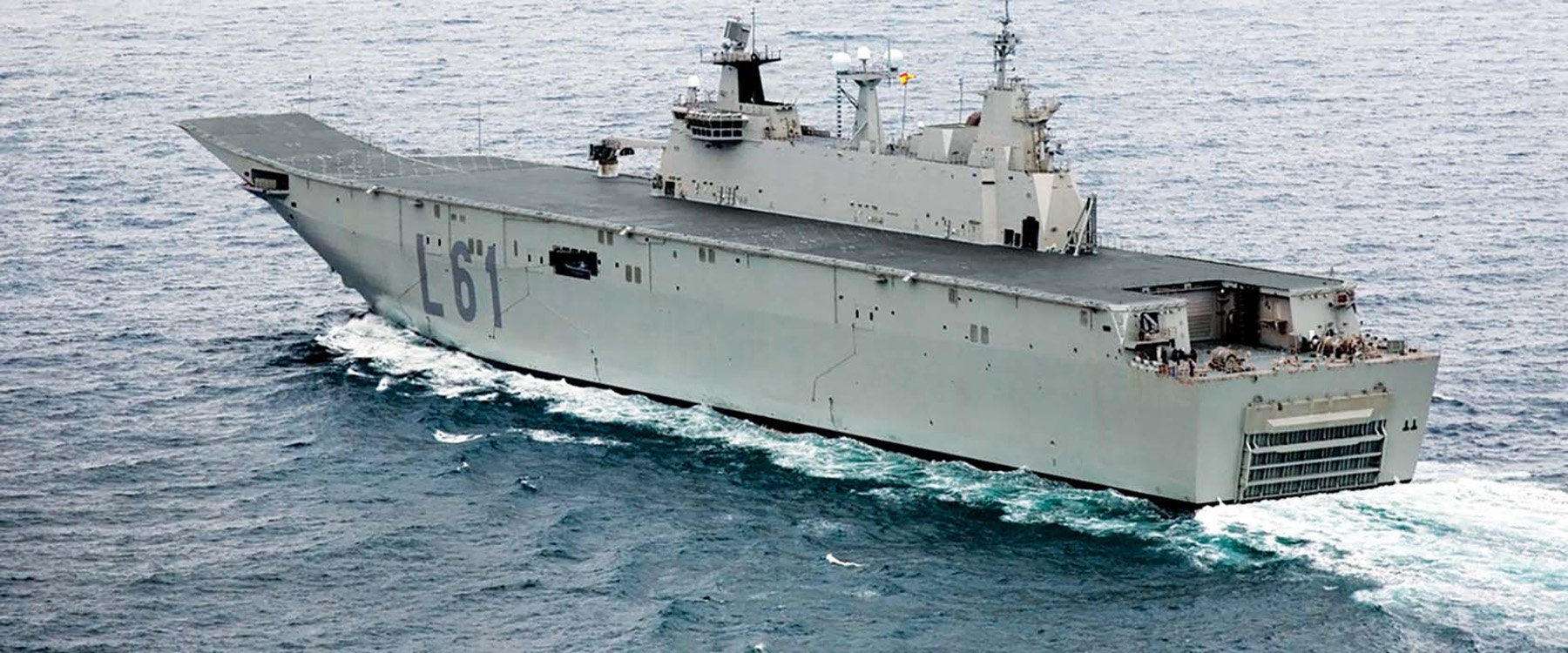
Navantia, a prominent Spanish state-owned shipyard, has set its sights on supplying the Indian Navy with its latest offering – the Juan Carlos I class multi-purpose amphibious assault ship. This news comes as the Indian Navy seeks to bolster its fleet with Landing Platform Docks (LPDs).
Amparo Valcarce, Spain’s Secretary of State for Defence, confirmed that Spain is not just offering the Juan Carlos I class LDPs, but also proposing their construction within India through a technology transfer (ToT) agreement. This “Make in India” approach would involve building a 26,000-ton LDP at a selected Indian shipyard, fostering domestic shipbuilding capabilities.
Continue readingSOURCE: RAUNAK KUNDE / NEWS BEAT / IDRW.ORG
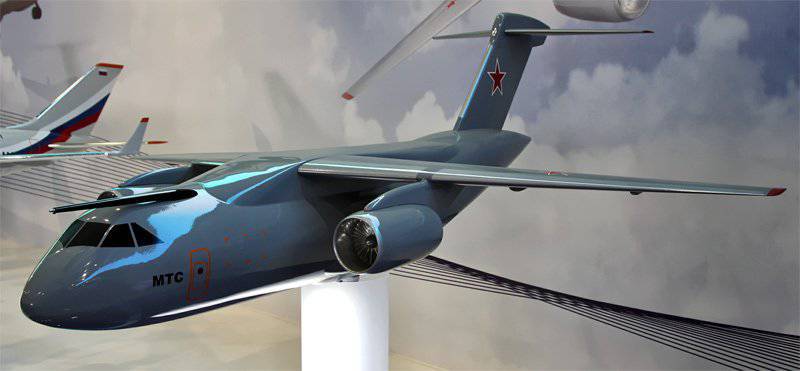
Fearing exclusion from the upcoming Medium Transport Aircraft (MTA) program, India’s state-owned aerospace giant Hindustan Aeronautics Limited (HAL) is lobbying for the development of a completely indigenous cargo transporter. This comes amidst the successful execution of the C-295 transport aircraft order by a private company, a first for India.
Sources familiar with the program inform idrw.org that HAL is advocating for the indigenous development of a new cargo aircraft. This approach aims to bolster India’s self-reliance in the defence sector and potentially create a long-term advantage in terms of maintenance and future upgrades.
Continue readingSOURCE: AFI
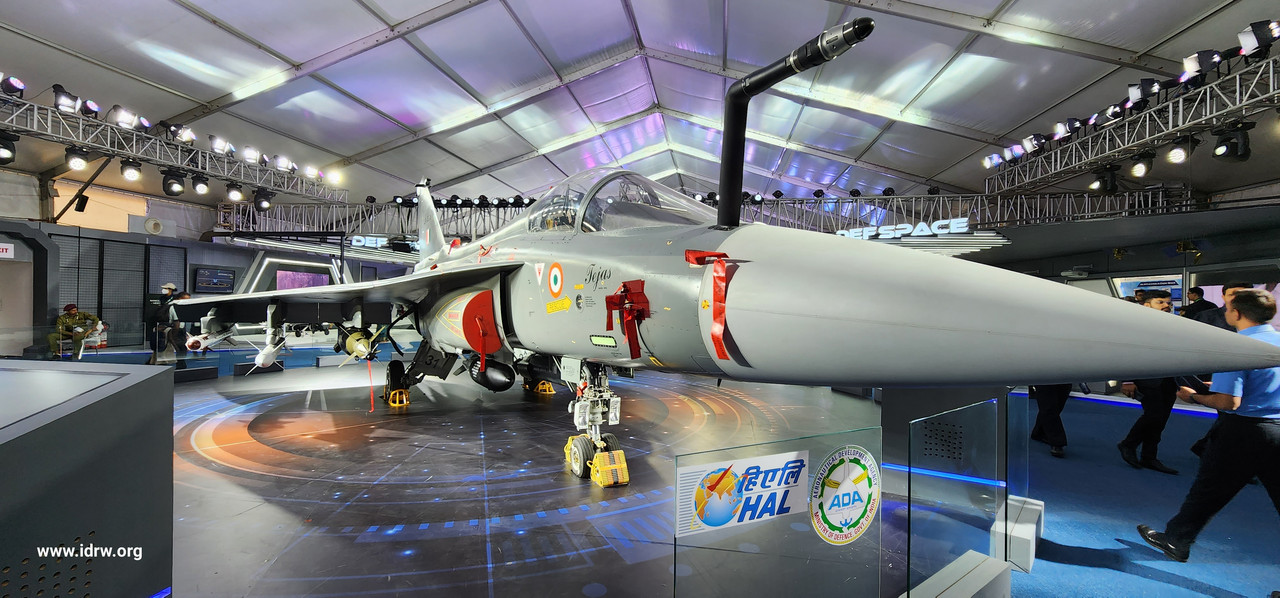
Hindustan Aeronautics Limited (HAL) is gearing up for a significant milestone in Indian aviation. The state-owned aerospace and defense company is on track to deliver the first indigenously developed LCA Tejas Mk-1A fighter jet to the Indian Air Force (IAF) by the end of March. The inaugural test flight for this upgraded aircraft could even take place within the next two days.
The Tejas Mk-1A represents a crucial step forward for the Indian Air Force’s modernization program. This variant boasts enhanced capabilities compared to the earlier Tejas Mk-1 version. Ordered in 2021 as part of a 73-fighter jet deal, the Mk-1A promises to bolster the IAF’s air combat prowess.
Continue readingSOURCE: AFI

The Heavy Industries Taxila (HIT) in Pakistan’s Taxila city buzzed with anticipation as Pakistan Army Chief General Syed Asim Munir graced the rollout ceremony of the Haider tank. This unveiling marked a significant moment in Pakistan’s defense capabilities, as the Haider tank is slated to become the nation’s Main Battle Tank. However, recent revelations from documents reviewed by ThePrint shed light on a different narrative, one that contrasts with the triumphant image the Pakistani military seeks to portray.
The genesis of the Haider tank can be traced back to Pakistan’s 2017 order of around 176 VT-4 tanks from China’s Norinco (North Industries Corporation). This procurement aimed to modernize Pakistan’s aging fleet of Main Battle Tanks, bolstering its defensive prowess. after it failed to develop Al-Khalid II MBT that was to be superior to the Al-Khalid I which was claimed to be based on the older T-9X tank from China. Al-Khalid I faced numerous issues and production was curtailed to just 250+ units, before it was shutdown.
Continue readingSOURCE: AFI
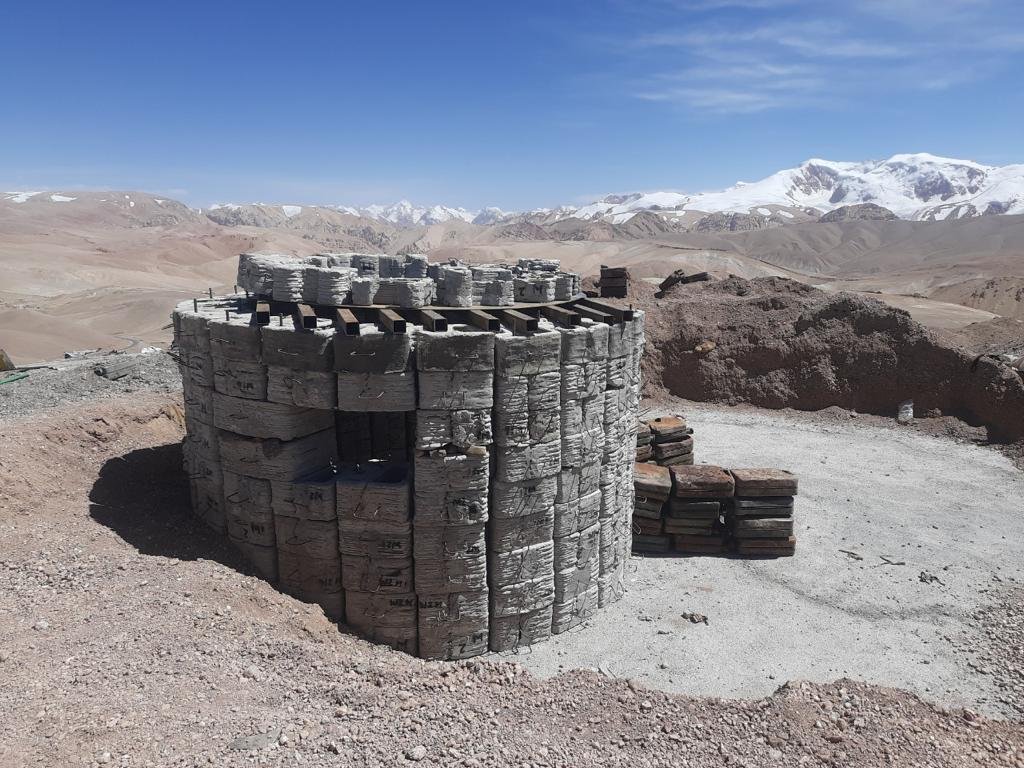
India is bolstering its border defenses in Arunachal Pradesh with the construction of next-generation bunkers at Sela Pass. These climate-controlled shelters, designed to withstand harsh Himalayan conditions, prioritize soldier comfort and combat effectiveness.
These bunkers seamlessly integrate with existing border infrastructure and leverage eco-friendly technologies. Solar and geothermal energy power air conditioning systems, ensuring a comfortable environment for troops even in extreme temperatures as low as -30°C. This not only improves soldier well-being but also promotes alertness and readiness.
Continue readingSOURCE: AFI

In a display of outrage, pro-Khalistan demonstrators desecrated the Indian flag during a protest in Calgary on [date], sparking tensions with the Indo-Canadian community. The incident, organized by the Sikhs For Justice (SFJ) group, involved activists using swords, daggers, and spears to damage the Indian tricolour, according to local reports.
This act of disrespect comes just one week after clashes between SFJ supporters and police in Edmonton. The Calgary protest also reportedly led to the cancellation of a planned meet and greet with Indian High Commissioner Sanjay Kumar Verma, who was targeted by the SFJ for disruption at events across Canada.
Continue readingSOURCE: IDRW.ORG TEAM.
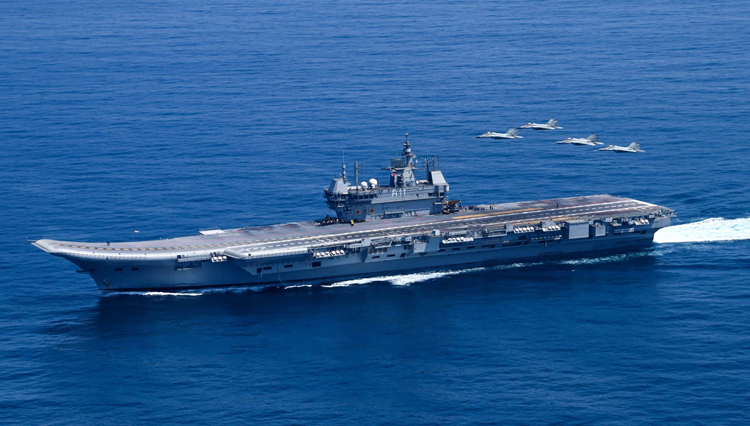
The Indian Navy has reportedly submitted a formal proposal to the government for the construction of a third aircraft carrier. This proposed vessel would be the second indigenously built carrier for India, signifying a major stride in the nation’s quest for self-reliance in defense manufacturing.
Indian defense analysts believe that this new aircraft carrier is crucial for India’s ambitions of becoming the dominant power in the Indian Ocean Region (IOR). A strong naval presence with robust carrier capabilities is seen as a key factor in achieving this goal.
Continue readingSOURCE: IDRW.ORG TEAM.
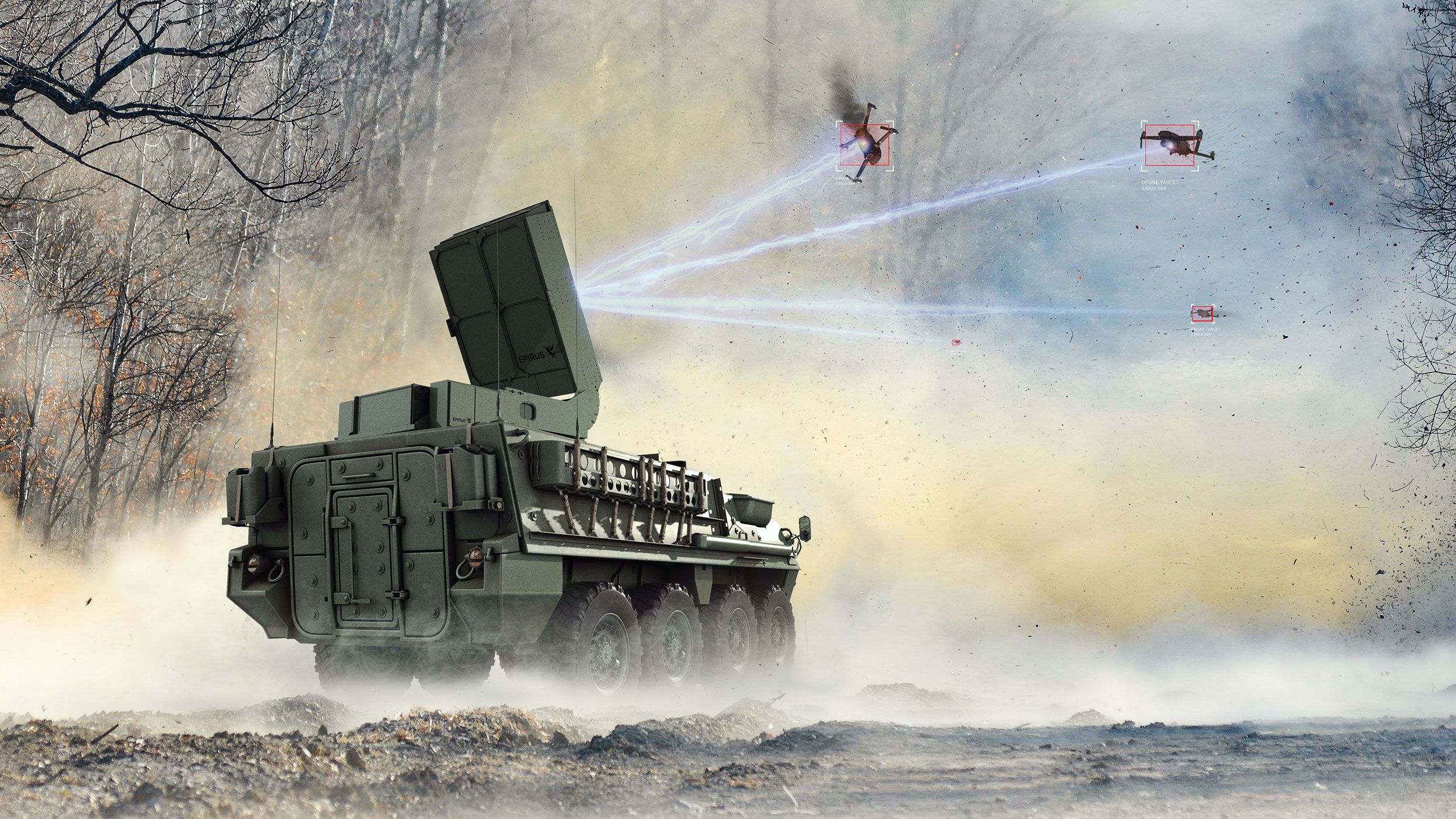
In the modern battlefield, unmanned aerial vehicles (UAVs) or drones have become an increasingly prevalent threat, capable of gathering intelligence, conducting surveillance, and even delivering payloads to targets. Recognizing the critical need to counter this evolving threat, the Indian Ministry of Defence has initiated the iDEX challenge to develop an Anti-Drone System specifically tailored for integration with armored vehicles such as the T-72, T-90, BMP, and Arjun tanks.
This system aims to detect, identify/classify, track, and neutralize enemy drones’ RF transmissions without altering the existing platforms.
Continue readingSOURCE: AFI

The Dutch government’s decision to award a submarine construction contract to French company Naval Group has sent ripples across the international defense scene. This deal, seen as a lifeline for the Dutch shipbuilding industry, could also have significant implications for India’s own ambitious submarine program.
Naval Group will provide the Netherlands with four conventionally powered Barracuda-class submarines, replacing their aging Walrus-class fleet. This win comes three years after the company lost a major Australian contract for 12 submarines.
Continue readingSOURCE: AFI

The Indian Ministry of Defense (MoD) has initiated a global tender process to procure Canister-Launched Anti-Armour Loiter Munition (CALM) systems for the Indian Army. This move highlights India’s focus on acquiring advanced weapon systems to bolster its border defenses.
Meanwhile, Russian military expert Dmitry Kornev has proposed Russia as a potential supplier for these CALM systems. He suggests a joint-production route, where India would assemble the systems and develop the software. This approach, according to Kornev, would enhance the legitimacy of these loiter munitions for India in the international arms market.
Continue readingSOURCE: AFI

A recent Government Accountability Office (GAO) report has cast a shadow over the combat readiness of the F-35 fighter jet program. The report, released in September 2023, reveals a significant gap between the advertised capabilities and the reality on the ground.
The crux of the issue lies in the definition of “mission capable” used by the Department of Defense (DoD). While the public might interpret it as combat-ready, the reality is far less impressive. According to the DoD definition, a mission-capable F-35 can simply fly and perform at least one mission. This mission could be training, testing, or something entirely non-combat related.
Continue reading